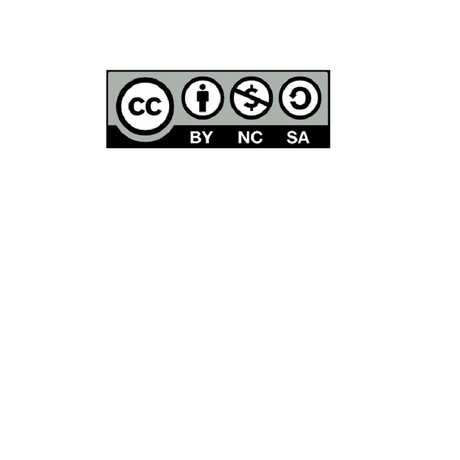To introduce young people to the concept collecting data in order to answer a question.

© Project MASH
Have you ever wondered how scientists answer questions about the world around them? They gather data, which is a fancy way of describing observable facts, and then look to see if there are any patterns. It’s pretty amazing how much you can learn about something just by observing it regularly and keeping track of your observations over time. Give it a try! Ask a question, make some observations, and see if you can find an answer.
- Pen or pencil
- Paper
- Computer with spreadsheet application (optional)
- Ask a question. Brainstorm questions about the world that you’d like to answer or know more about.
- Data collection. Go out there and collect your data! The data you collect is a called a sample. The more data you collect, the better a sense you’ll get of the bigger picture.
- Compile data. Put all your data into one place like a spreadsheet.
- Summarize. Look at the data you all collected. Do you see any patterns? Is there any change? If your data is numeric, then it can be really helpful to make a graph. Check out DIY.org’s Make a Data Graph project for some ideas.
- Findings. Now that you’ve summarized your data and looked for patterns, what do they mean?
- Share your results. Be sure to include your research question, what methods you used to collect the data, and whatever data visualization you created.
Upload a picture or video here to DIY.org so you can earn a skill point towards your Data Visionary patch.
Science & Engineering Practices:
- Asking questions and defining problems
- Planning and carrying out investigations
- Analyzing and interpreting data
- Using mathematics and computational thinking
- Constructing explanations and designing solutions
- Obtaining, evaluating and communicating information
Created by DYI as part of the California Academy of Sciences' Citizen Science Toolkit

The above activity is licensed under the Attribution-NonCommercial-ShareAlike (CC BY-NC-SA) license type by Creative Commons which allows you to remix, tweak, and build upon this work non-commercially as long as you credit the California Academy of Sciences and license any new creations under the identical terms.

Check out our Citizen Science Toolkit, designed to help educators integrate citizen science projects into classroom curricula or afterschool programming.
It contains resources—including lessons, readings, and worksheets—to help communicate the value of citizen science to students and cultivate their sense of empowerment and impact when performing science investigations.